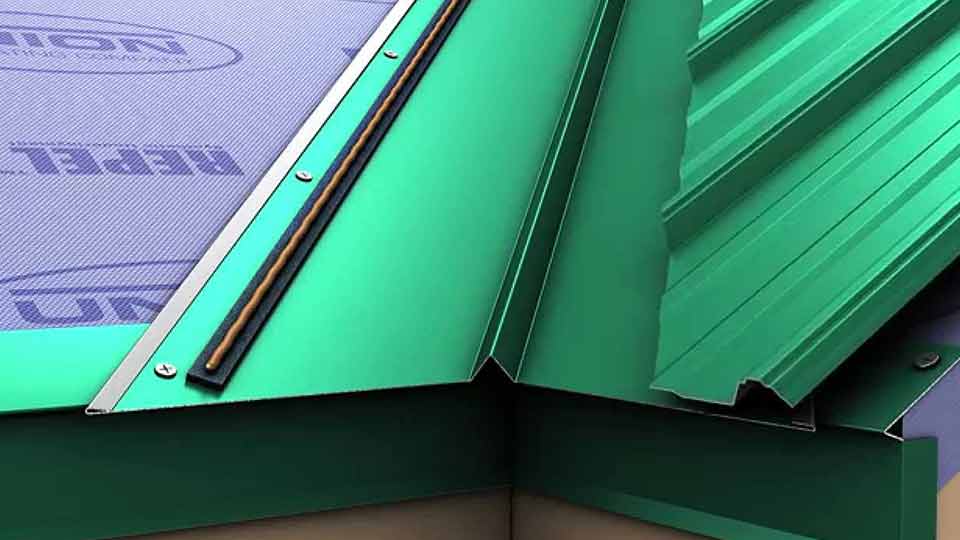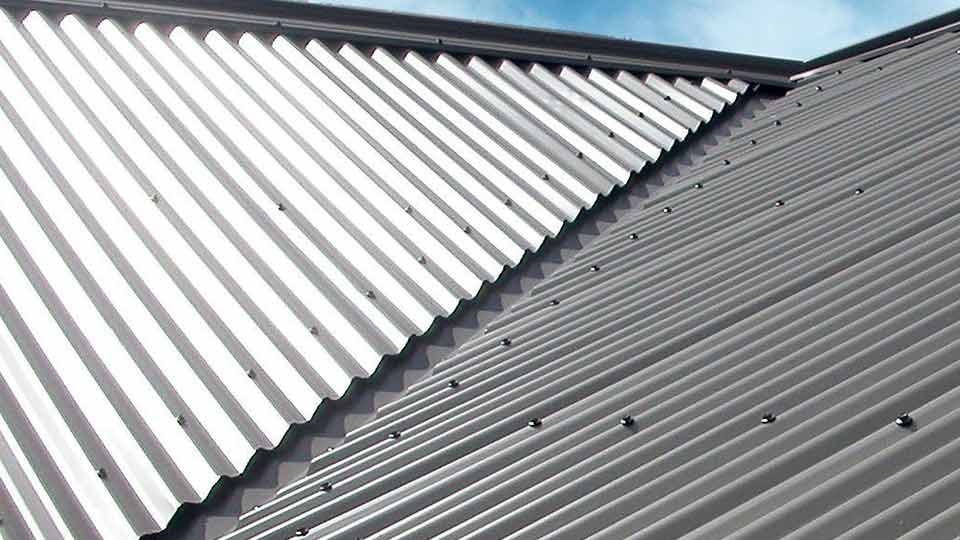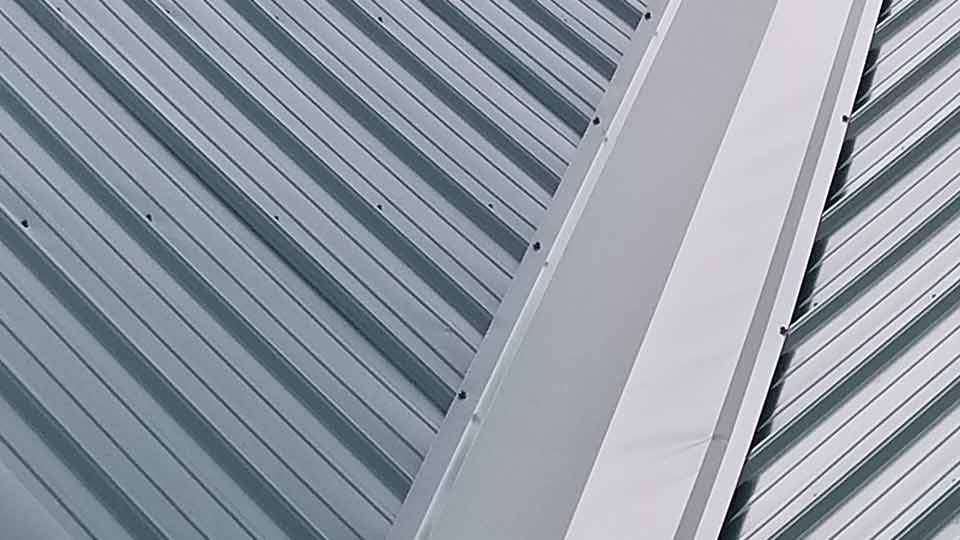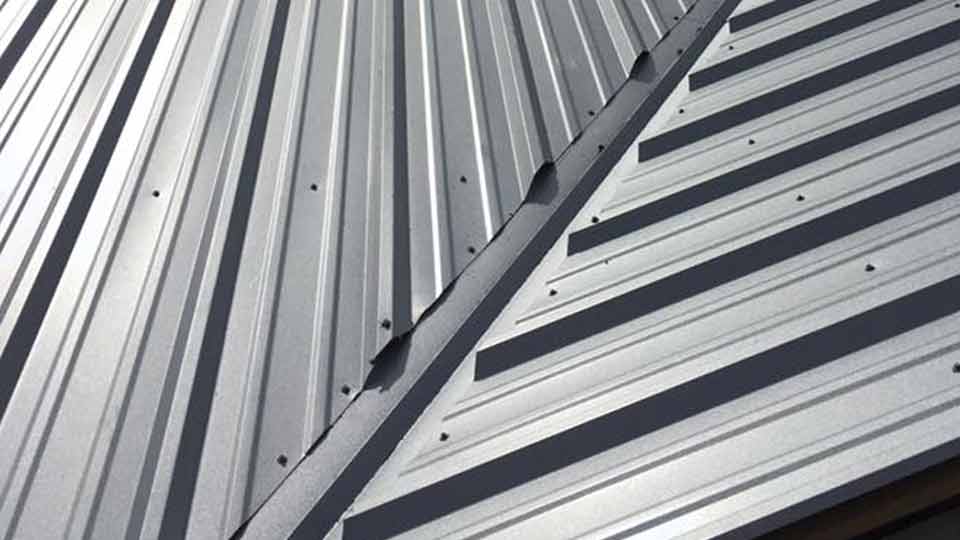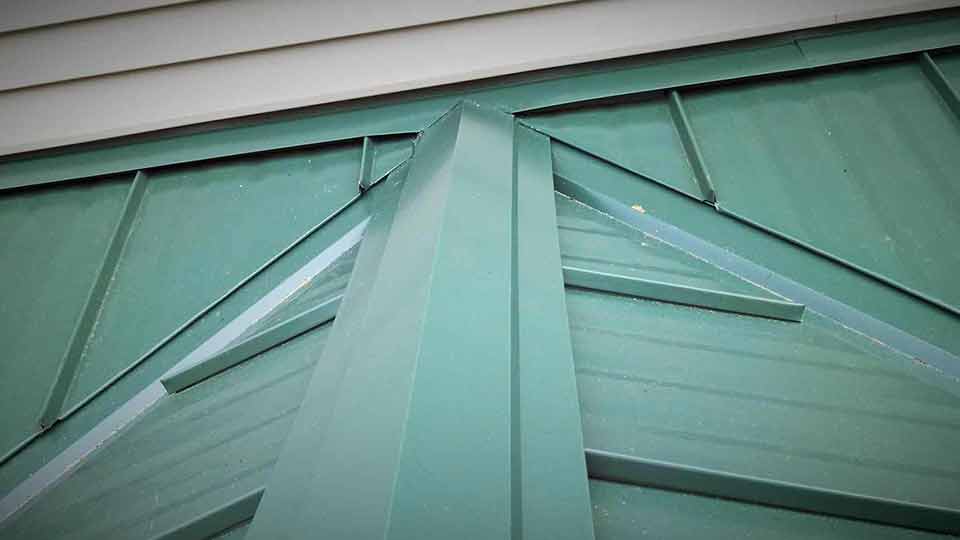Metal or Tile Roof Valley
What are Their Function and importance?
Roofing is far more complicated than it typically gets credit for. There are many tricky areas of a roof that need special attention in order to prevent damage to a property from the elements, and one such area is a roof valley, but what is it?
A roof valley is a junction between two roof sections where the angle is less than a hundred and eighty degrees. Or, to put it another way, where the angle is such that it creates a “valley” or V shape. This creates a problem when it comes to things like snow and rain since water will funnel down into this valley, where it could cause problems for a roof that is not adequately protected.
Why Are Roof Valleys a Problem?
With enough time, water can erode mountains. Granted, this isn’t the kind of problem your home is likely to face, but another trait of water is that if there is a way in, water will find it. Water is an incredibly destructive force in the right circumstances.
Roof valleys represent an area where water will consistently be any time it rains and an area where water will consistently be is an area that is at high risk of water ingress. Water getting into your property through any means other than a designated water supply is usually a bad time, and rainwater getting in through the roof is no exception.
In addition to being inconvenient—damp walls and ceilings are not exactly fun—water can do a lot of damage if it gets into your property, from damp causing the wooden structures in your building to rot, to encouraging the growth of mould and algae, which is as dangerous to your health as it is to your house’s. It can also cause a range of more minor problems, such as staining, or damage to things like wallpaper. In short, it’s not something you want to ignore.
When rain falls on a property with roof valleys, the water naturally runs down to these valleys taking the path of least resistance down, but this results in the water from a large surface area being concentrated into a small space, which is why it is extra important to protect roof valleys.
Why do we Have Roof Valleys?
A basic gabled roof would not have any valleys because all the junctions where different roofs meet would be peaks—they would have angles greater than a hundred and eighty degrees—like the tip of a triangle.
Imagine two triangles side by side, slightly overlapped. The valley occurs where the two triangles meet, and the same is true for roofs. A roof valley might occur where an extension is built, or if a building is L shaped, rather than the more common rectangular shape.
How to Protect Roof Valleys From Rainwater
Your roof’s main ally in the fight against water is gravity. Water is remarkably good at getting into places you wouldn’t think it should, but gravity dictates that water mostly just heads downwards—the path of least resistance. It is only when water is able to rest in one place that it can begin working its way in through places that are not as easy to get to.
Roof shingles handle this problem by overlapping each other from top to bottom. The rainwater rolls down from one shingle to another, and though it would be able to get in under a shingle if they were overlapped the opposite way, gravity ensures that the water keeps moving down the roof.
This is fine when the water is all coming from one direction, such as it would be on a single slope of a roof. But in a roof valley water approaches the valley from two directions, meaning it is impossible to overlap the shingles in a way that would stop water from encountering resistance and, likely, seeping in under the shingles.
The solution to this problem is flashing. Flashing is a type of protection for the junctions where sections of the roof end. In this case, the shingles would be stopped short of the valley itself, but they would overlap the flashing, which would run the full length of the valley. The water would spill over the edge of the shingles onto the flashing, where it would have a clear path of least resistance down to the guttering.

